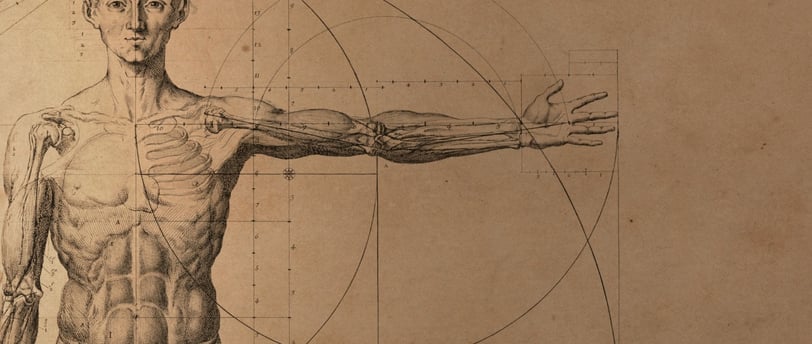Exploring Male Sexual Anatomy
What You Need to Know
SEX
1/10/20172 min read


Introduction:
Understanding male sexual anatomy is essential for fostering a comprehensive awareness of sexual health and well-being. From the external structures to the intricate internal mechanisms, male anatomy plays a crucial role in reproductive and sexual functions. In this exploration of male sexual anatomy, we will delve into the details of the male reproductive system, discussing key organs, hormonal influences, and their collective contribution to sexual health.
Section 1: External Structures
1.1 The Penis:
The penis, a primary external sexual organ, serves dual purposes: elimination of urine and facilitation of sexual activity. Comprising three main parts—root, body, and glans—the penis plays a central role in the male reproductive system.
1.2 The Scrotum:
Situated below the penis, the scrotum houses the testes. This sac-like structure regulates the temperature of the testes, crucial for sperm production. Understanding the anatomy of the scrotum is vital for appreciating its role in maintaining optimal reproductive conditions.
Section 2: Internal Structures
2.1 The Testes:
The testes, or testicles, are key internal organs responsible for sperm production and hormone secretion, primarily testosterone. This section explores the anatomy of the testes, their role in male fertility, and the hormonal feedback loop that regulates reproductive functions.
2.2 The Epididymis:
A coiled tube attached to each testicle, the epididymis is where sperm mature and gain motility. Understanding this structure is crucial for comprehending the final stages of sperm development before ejaculation.
2.3 The Vas Deferens:
This duct carries mature sperm from the epididymis to the urethra during ejaculation. We will explore the anatomy of the vas deferens and its role in the transport of sperm for fertilization.
Section 3: Hormonal Influences
3.1 Testosterone:
The primary male sex hormone, testosterone, plays a central role in shaping male sexual characteristics and regulating reproductive functions. This section delves into the production, functions, and influences of testosterone on the male body.
3.2 Hormonal Feedback Loop:
Understanding the intricate feedback loop involving the hypothalamus, pituitary gland, and testes is crucial for grasping how hormonal balance is maintained for optimal sexual health.
Conclusion:
Exploring male sexual anatomy provides a foundation for understanding the intricacies of reproductive and sexual functions. From external structures like the penis and scrotum to internal organs such as the testes and epididymis, each component plays a vital role. Additionally, comprehending the hormonal influences, particularly the role of testosterone, contributes to a holistic understanding of male sexual health. By gaining knowledge of male sexual anatomy, individuals can make informed decisions regarding their reproductive health, fostering a sense of empowerment and promoting overall well-being.
Please note: The information provided in this article is for educational and informative purposes only. It is essential to consult with healthcare professionals for personalized advice.
Important Disclaimer:
Before taking any actions, including making purchases through the links in our blog, or if you are considering any health-related activities, please read this important information. We strongly advise you to consult with specialists and medical professionals before taking any steps. Your health is of paramount importance, and the responsibility for it lies entirely with you. Remember to be responsible for yourself and your health!
Important Information | About Us | Contact Us | Privacy Policy | Terms and Conditions | 2014-2025 VirilityMastery.com All Rights Reserved ©
